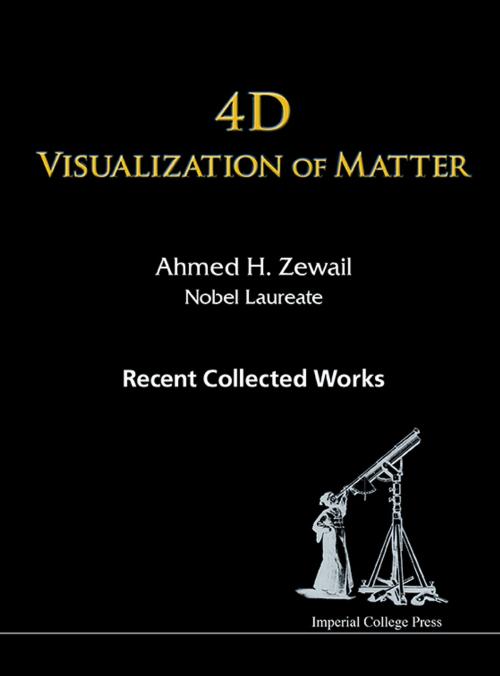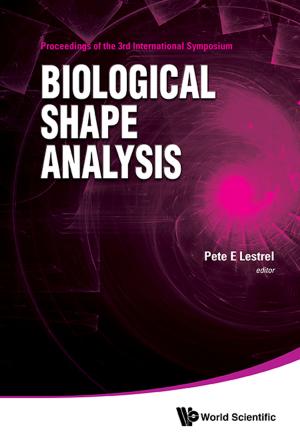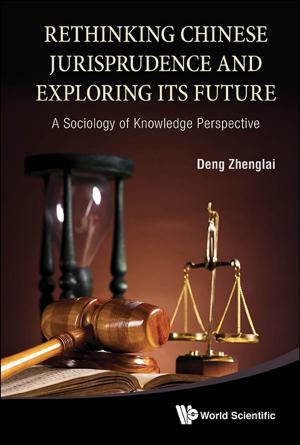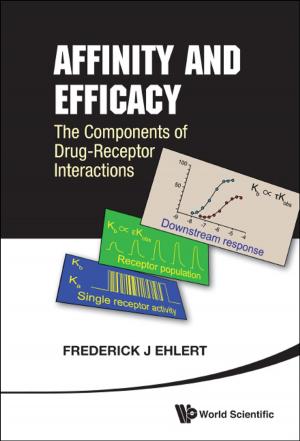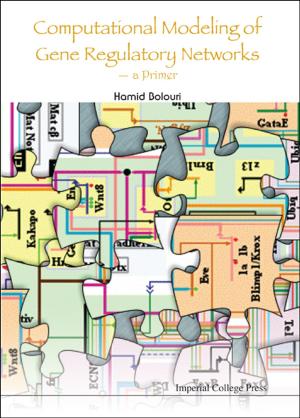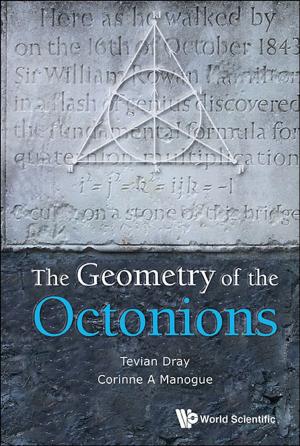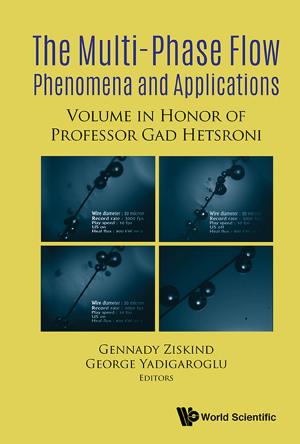4D Visualization of Matter
Recent Collected Works of Ahmed H Zewail, Nobel Laureate
Nonfiction, Science & Nature, Science, Chemistry, Physical & Theoretical, Technology, Material Science| Author: | Ahmed H Zewail | ISBN: | 9781783265077 |
| Publisher: | World Scientific Publishing Company | Publication: | September 12, 2014 |
| Imprint: | ICP | Language: | English |
| Author: | Ahmed H Zewail |
| ISBN: | 9781783265077 |
| Publisher: | World Scientific Publishing Company |
| Publication: | September 12, 2014 |
| Imprint: | ICP |
| Language: | English |
Ever since the beginning of mankind's efforts to pursue scientific inquiry into the laws of nature, visualization of the very distant and the very small has been paramount. The examples are numerous. A century ago, the atom appeared mysterious, a “raisin or plum pie of no structure,” until it was visualized on the appropriate length and time scales. Similarly, with telescopic observations, a central dogma of the cosmos was changed and complexity yielded to simplicity of the heliocentric structure and motion in our solar system.
For matter, in over a century of developments, major advances have been made to explore the inner microscopic structures and dynamics. These advances have benefited many fields of endeavor, but visualization was incomplete; it was limited either to the 3D spatial structure or to the 1D temporal evolution. However, in systems with myriads of atoms, 4D spatiotemporal visualization is essential for dissecting their complexity. The biological world is rich with examples, and many molecular diseases cannot be fully understood without such direct visualization, as, for example, in the case of Alzheimer's and Parkinson's. The same is true for phenomena in materials science, chemistry, and nanoscience.
This anthology is an account of the collected works that have emerged over the past decade from Caltech. Through recent publications, the volume provides overviews of the principles, the electron-based techniques, and the applications made. Thanks to advances in imaging principles and technology, it is now possible with 4D electron microscopy to reach ten orders of magnitude improvement in time resolution while simultaneously conserving the atomic spatial resolution in visualization. This is certainly a long way from Robert Hooke's microscopy, which was recorded in his 1665 masterpiece Micrographia.
Contents:
-
Prologue
-
Overviews
-
Precursors
-
Ultrafast Electron Diffraction (UED)
-
Ultrafast Electron Crystallography (UEC)
-
Ultrafast Electron Microscopy (UEM):
- Origins
- Techniques
- Applications: Materials Science
- Applications: Nanomechanical Phenomena
- Applications: Biological and Polymer Imaging
-
Technology
-
Selected Highlights
-
Perspectives
-
Epilogue
-
Post Proofs
-
Appendix
-
Corpus Acknowledgements
Readership: Academics and researchers in physical chemistry, biochemistry, chemical biology, biophysics, bioengineering, imaging, structural biology, cancer research.
Ever since the beginning of mankind's efforts to pursue scientific inquiry into the laws of nature, visualization of the very distant and the very small has been paramount. The examples are numerous. A century ago, the atom appeared mysterious, a “raisin or plum pie of no structure,” until it was visualized on the appropriate length and time scales. Similarly, with telescopic observations, a central dogma of the cosmos was changed and complexity yielded to simplicity of the heliocentric structure and motion in our solar system.
For matter, in over a century of developments, major advances have been made to explore the inner microscopic structures and dynamics. These advances have benefited many fields of endeavor, but visualization was incomplete; it was limited either to the 3D spatial structure or to the 1D temporal evolution. However, in systems with myriads of atoms, 4D spatiotemporal visualization is essential for dissecting their complexity. The biological world is rich with examples, and many molecular diseases cannot be fully understood without such direct visualization, as, for example, in the case of Alzheimer's and Parkinson's. The same is true for phenomena in materials science, chemistry, and nanoscience.
This anthology is an account of the collected works that have emerged over the past decade from Caltech. Through recent publications, the volume provides overviews of the principles, the electron-based techniques, and the applications made. Thanks to advances in imaging principles and technology, it is now possible with 4D electron microscopy to reach ten orders of magnitude improvement in time resolution while simultaneously conserving the atomic spatial resolution in visualization. This is certainly a long way from Robert Hooke's microscopy, which was recorded in his 1665 masterpiece Micrographia.
Contents:
-
Prologue
-
Overviews
-
Precursors
-
Ultrafast Electron Diffraction (UED)
-
Ultrafast Electron Crystallography (UEC)
-
Ultrafast Electron Microscopy (UEM):
- Origins
- Techniques
- Applications: Materials Science
- Applications: Nanomechanical Phenomena
- Applications: Biological and Polymer Imaging
-
Technology
-
Selected Highlights
-
Perspectives
-
Epilogue
-
Post Proofs
-
Appendix
-
Corpus Acknowledgements
Readership: Academics and researchers in physical chemistry, biochemistry, chemical biology, biophysics, bioengineering, imaging, structural biology, cancer research.
